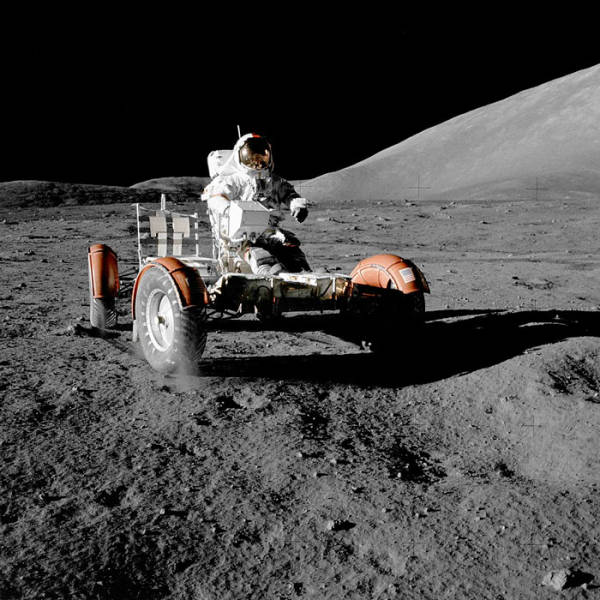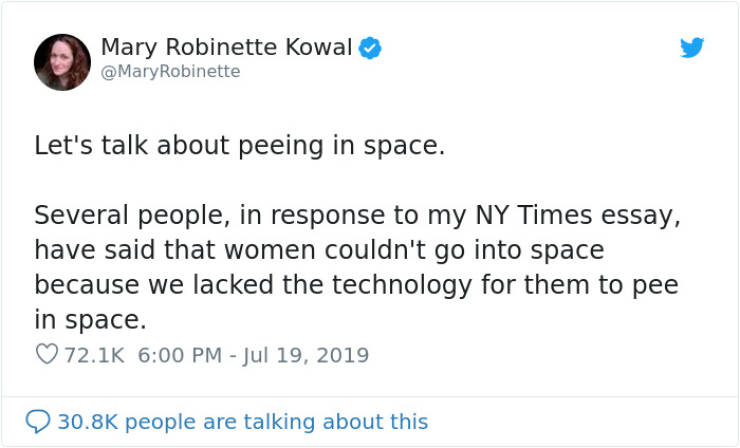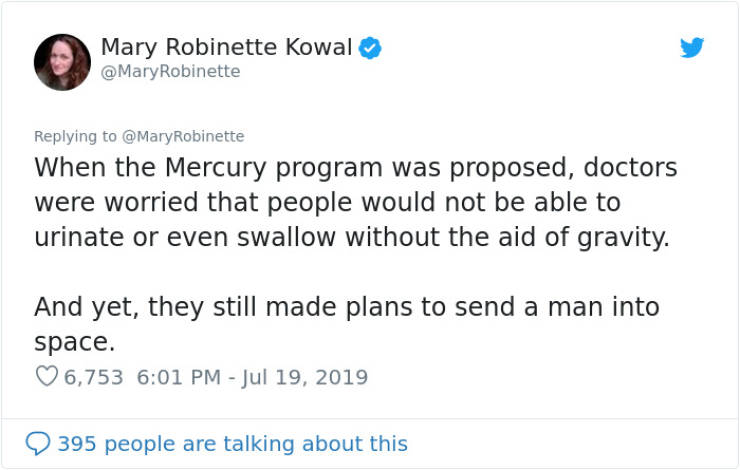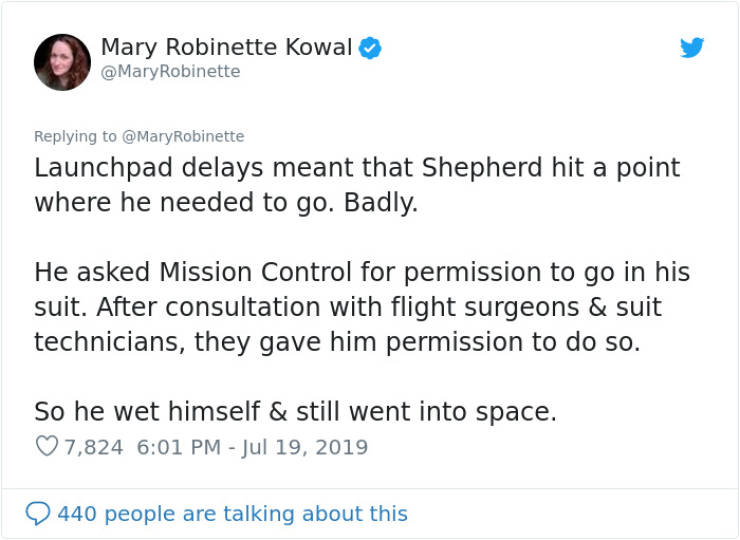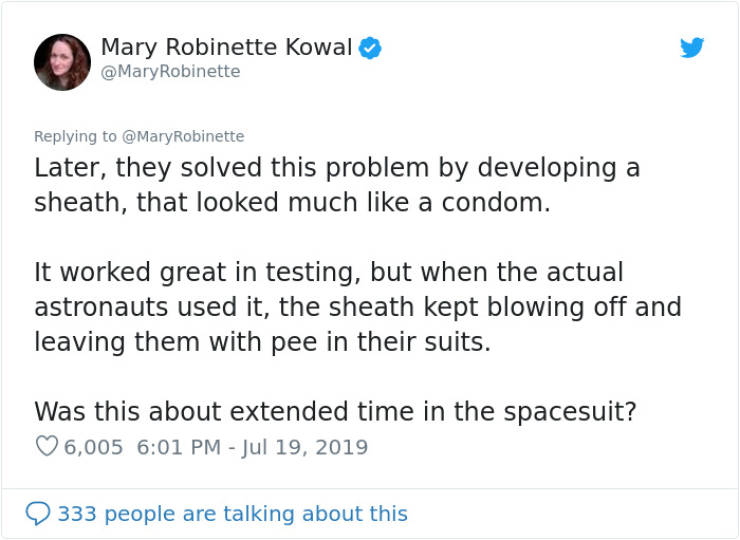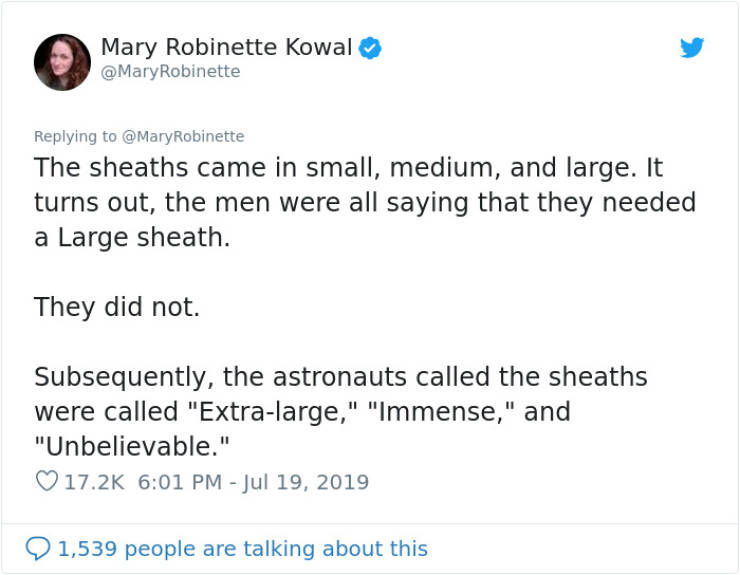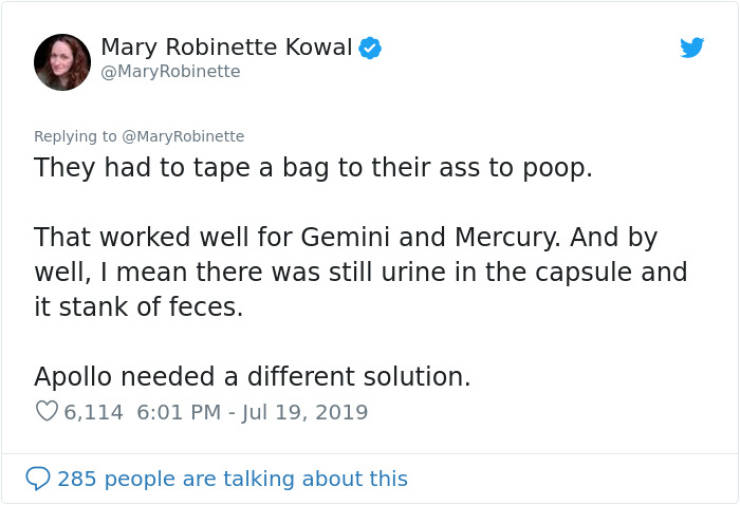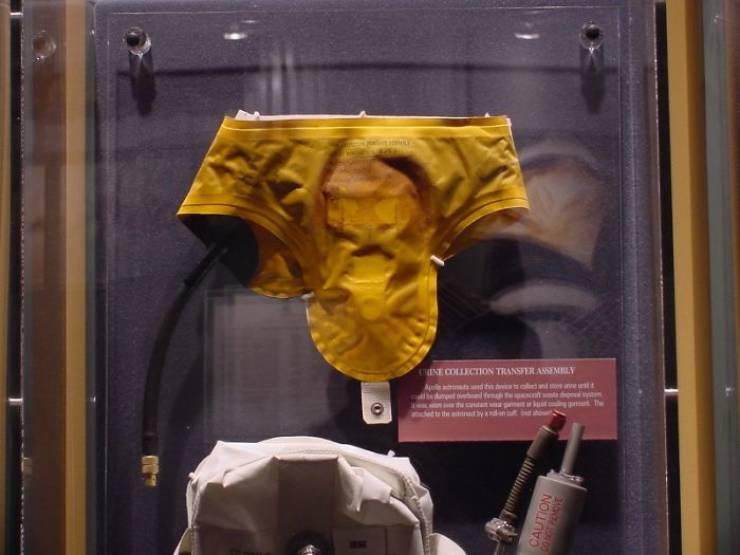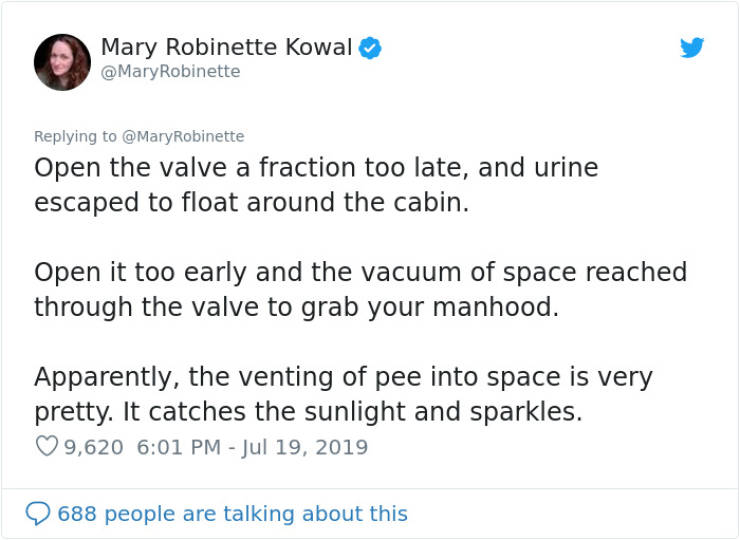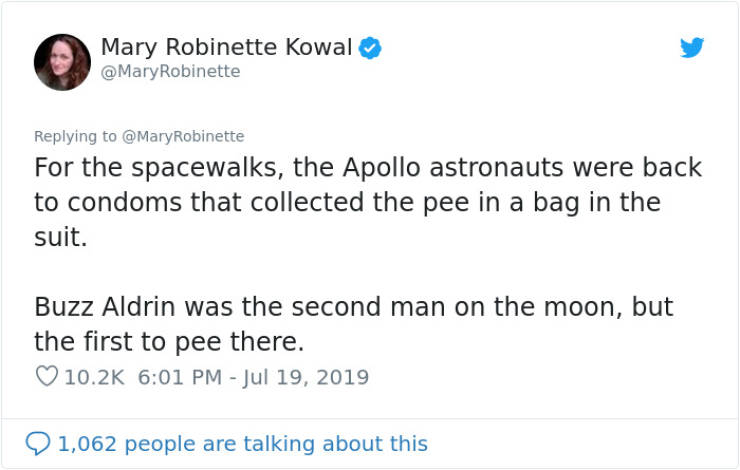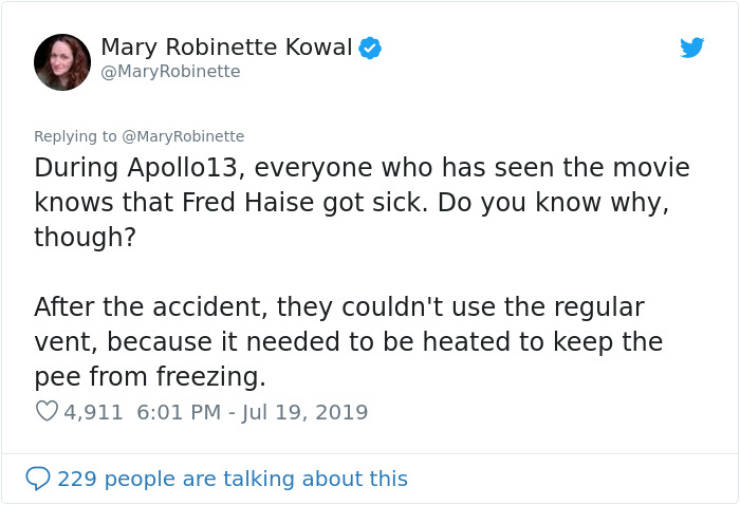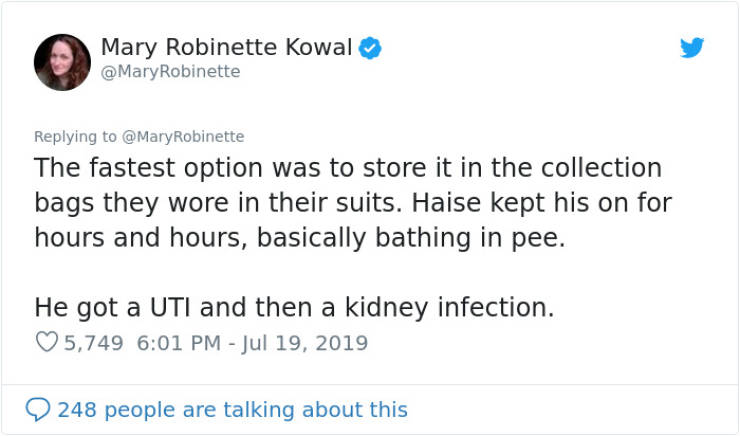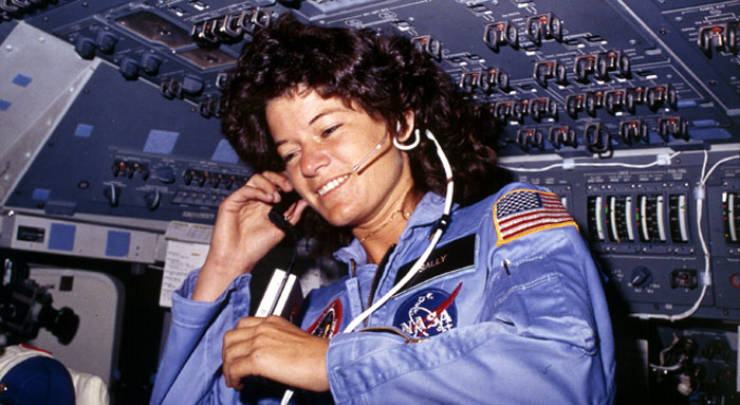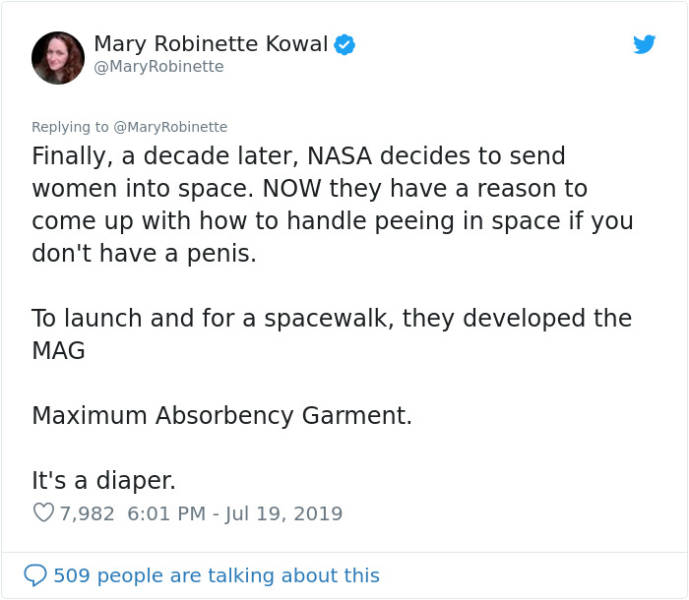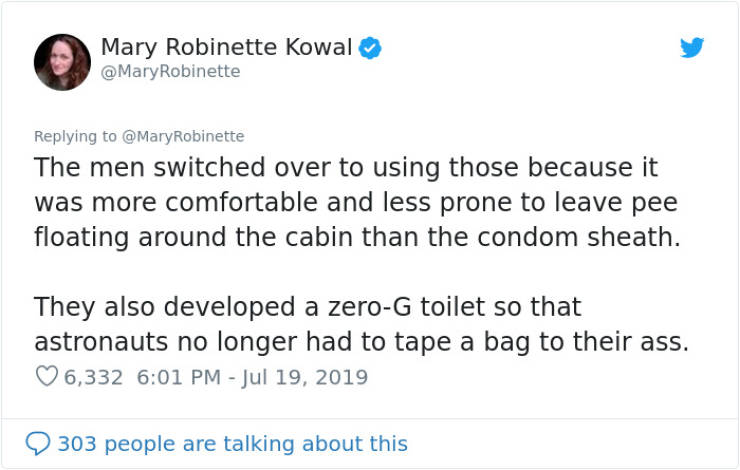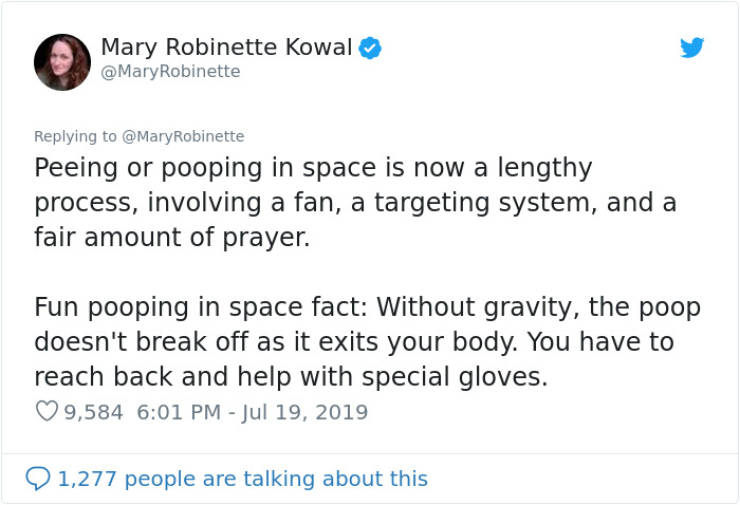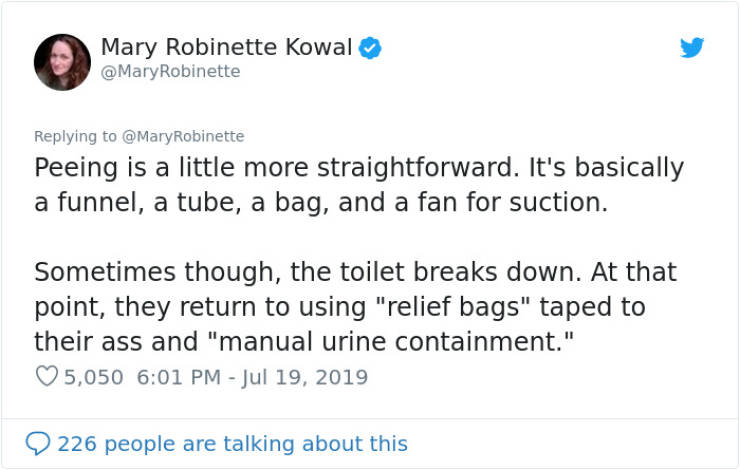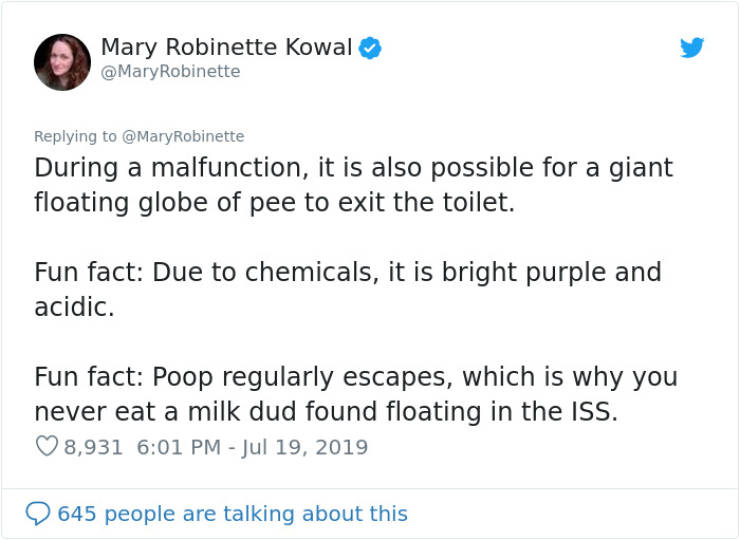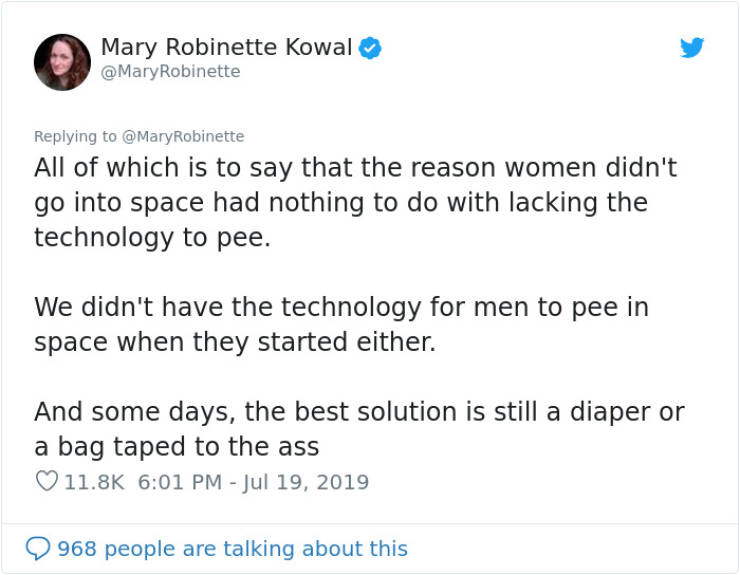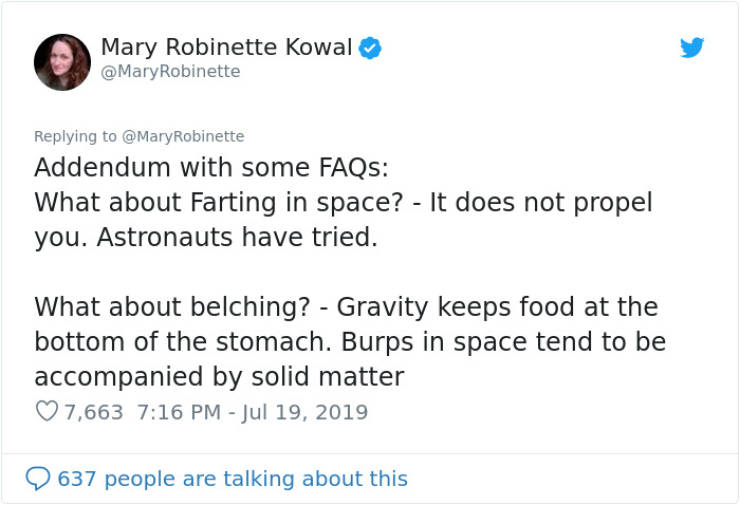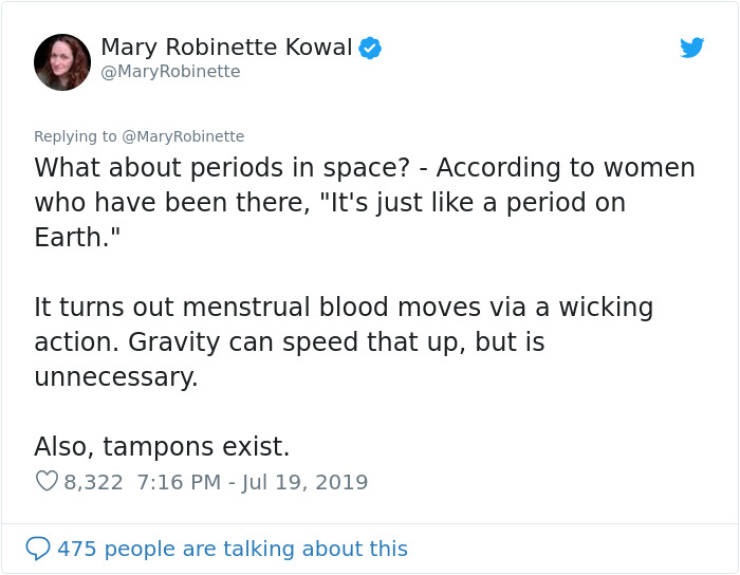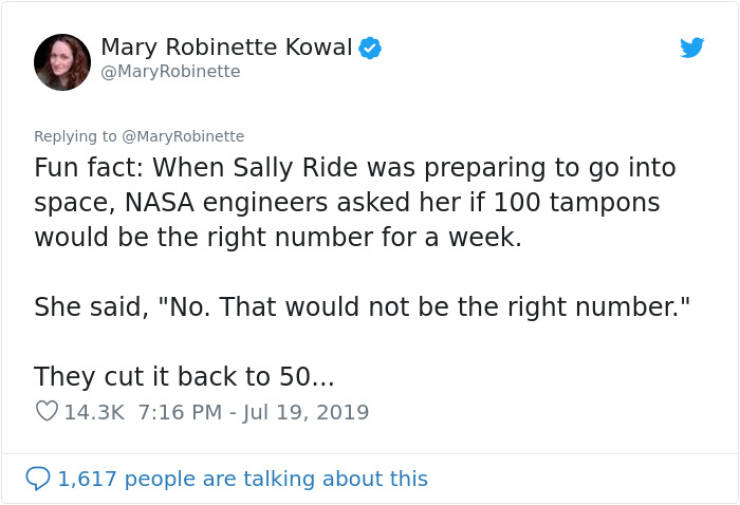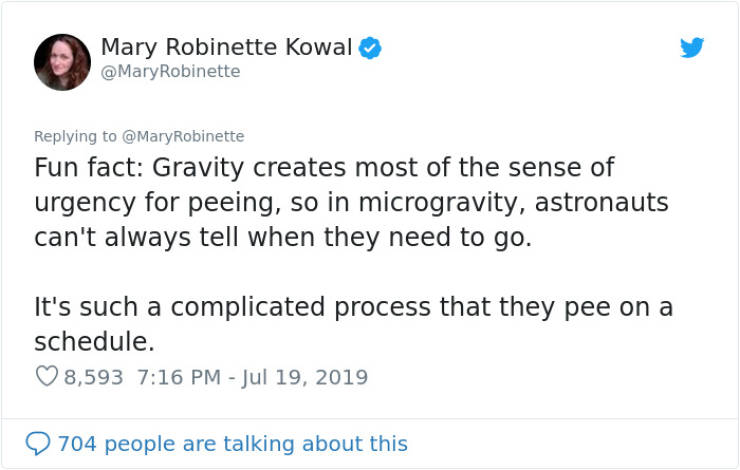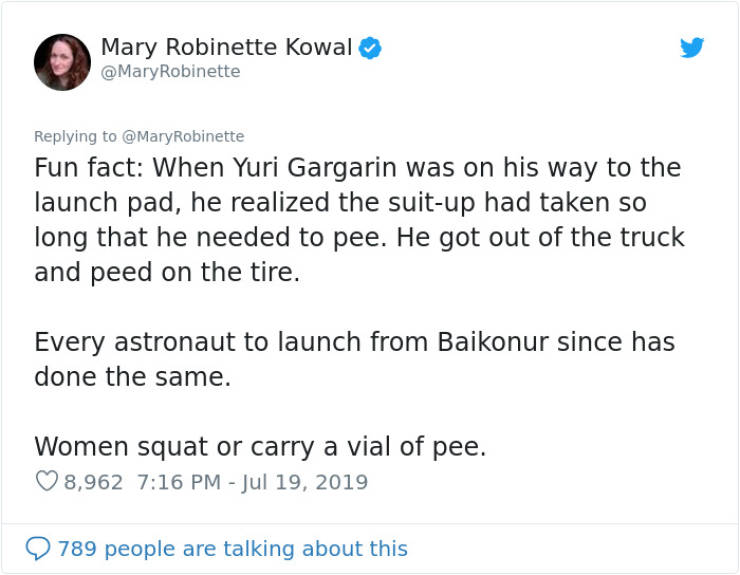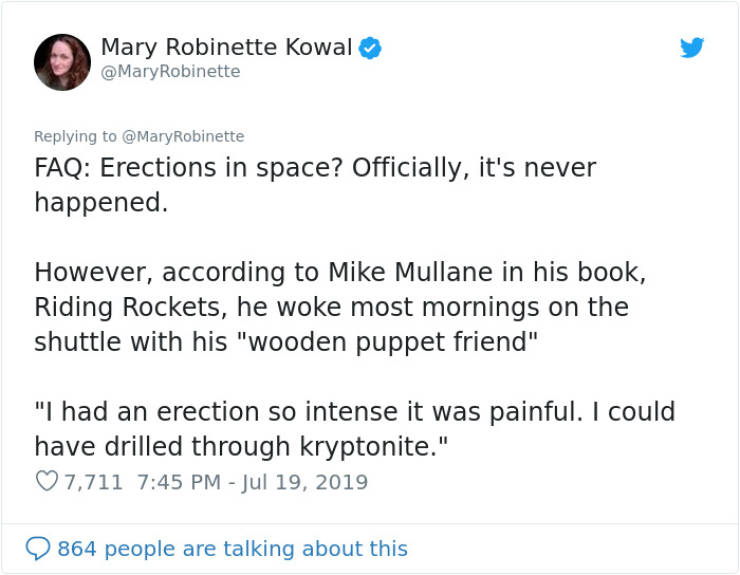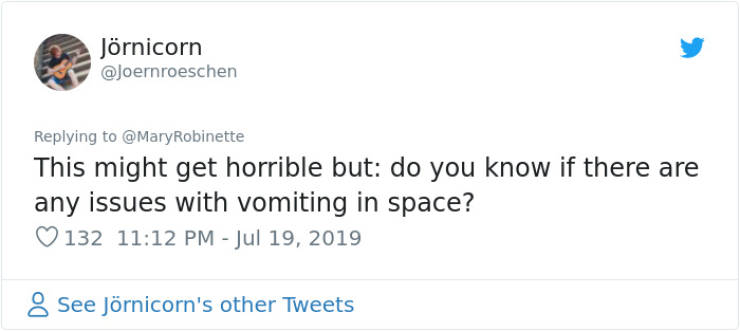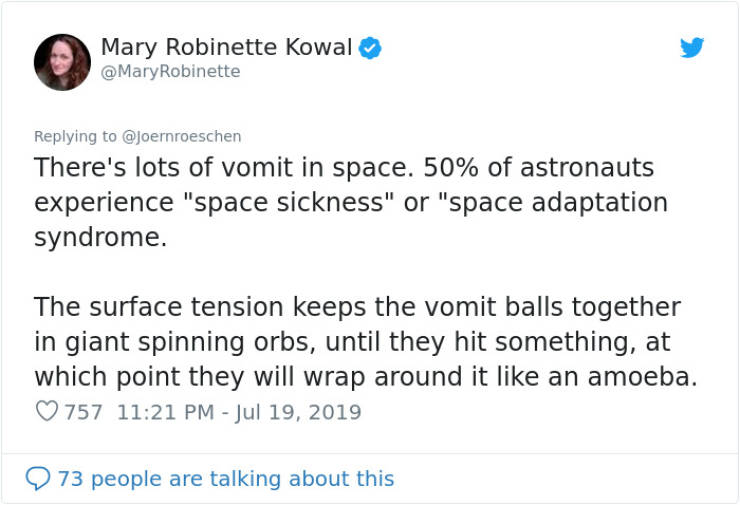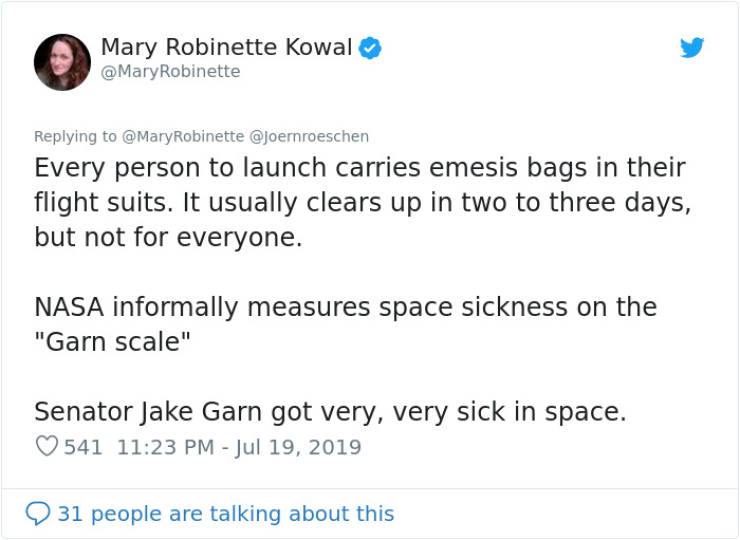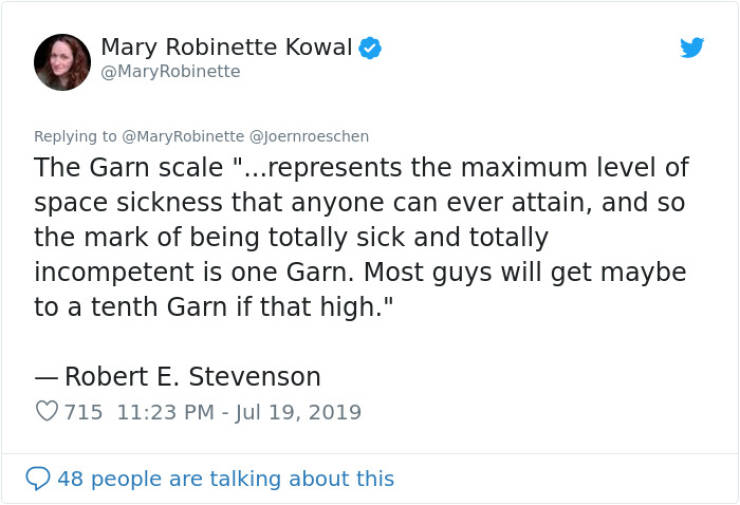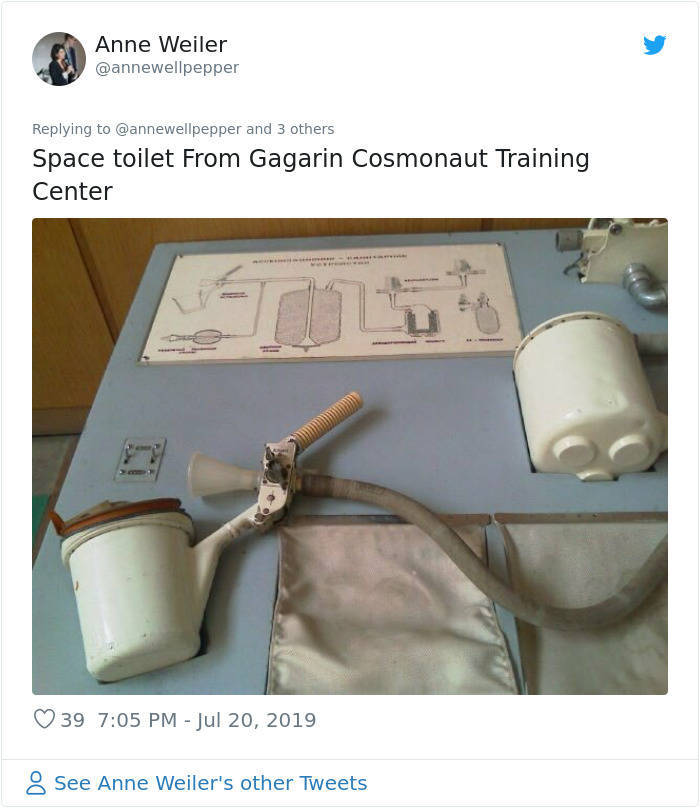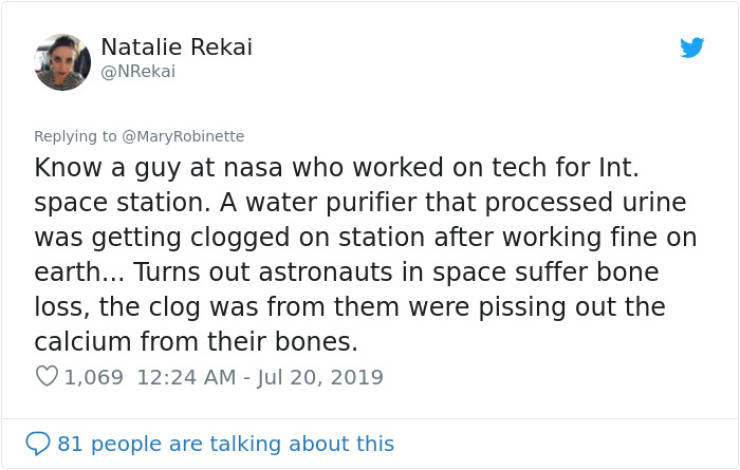Mary’s own fascination with space began when she sat up to watch Apollo 11 land on the moon. “Granted, I was six months old and don’t actually remember it, but it’s one of the stories my parents always tell and I think stitched space into my identity from my early childhood,” she told. “My conscious memories are of the shuttle program and how close the future of spaceflight seemed to be.”
However, the author said it took her a while to realize that women hadn’t had a big part of it. “I remember the fanfare involved in Sally Ride’s first flight but did not fully understand that women had been actively excluded from the early space program. To me, she was the first because space exploration was still fairly new. I was wrong, of course. But it gave me the luxury of growing up believing that women could do anything and were welcome in every field. As an adult, looking at the history of the early program, and the opportunities that were denied to women, based solely on gender, I get ranty.”
After reading the thread, some people wanted to know more
So Kowal pleased their curiosity
Kowal believes that gender isn’t a big factor in determining whether or not someone’s going to be a good astronaut. “Being an astronaut is about curiosity, expertise, excellence and taking joy in the exploration of space. That said, there are some physiological differences that might make women better suited for space travel. During the Mercury program, Dr. Lovelace did a series of studies with women in which he ran them through the same tests as the Mercury astronauts. A higher ratio of women passed the tests than men. They tolerated higher g-forces, did better on stress testing and were more cardiovascularly fit than the men. In modern parlance, these are the Mercury 13, although at the time they called themselves the First Lady Astronaut Trainees.”
“Women use fewer calories and consume less oxygen than men.” she continued. “We typically weigh less. All of which are important considerations when trying to get someone out of the gravity well and into space.”
“We know that men often have vision changes in space, due to a fluid shift, that permanently affects their eyes. This doesn’t appear to be happening to women. The trouble is that over 500 people have been into space and only 64 of them, as of this writing, have been women. That’s not a large enough sample set to tell anything definitive about how space actually affects women.”
Others contributed as well
According to the author, NASA does need more women, but they’re on the right track, having been actively recruiting them. “When you look at the last several classes of astronauts, they have had or been close to gender parity. The years of all-male selections mean that it’s going to take years before we have equal numbers going to into space.”
“It’s the 21st century. But seriously, I think it’s been having people like Dr. Ellen Ochoa, who recently retired as the director of Johnson Space Center, driving an initiative to have a more inclusive program,” Kowal said. “Having women in the program means that they can point out the problems caused by unconscious gender bias, which, in turn, opens the door for the next generation of women.”
To conclude, Kowal urged to take things into perspective. “Look… we’re talking about women in space but there have only been 14 Black people in space. There are centuries of mistakes and damage and there’s no need to replicate that in space. The only way we fix it though is by consciously examining the choices people made in the past and striving to do better.”

